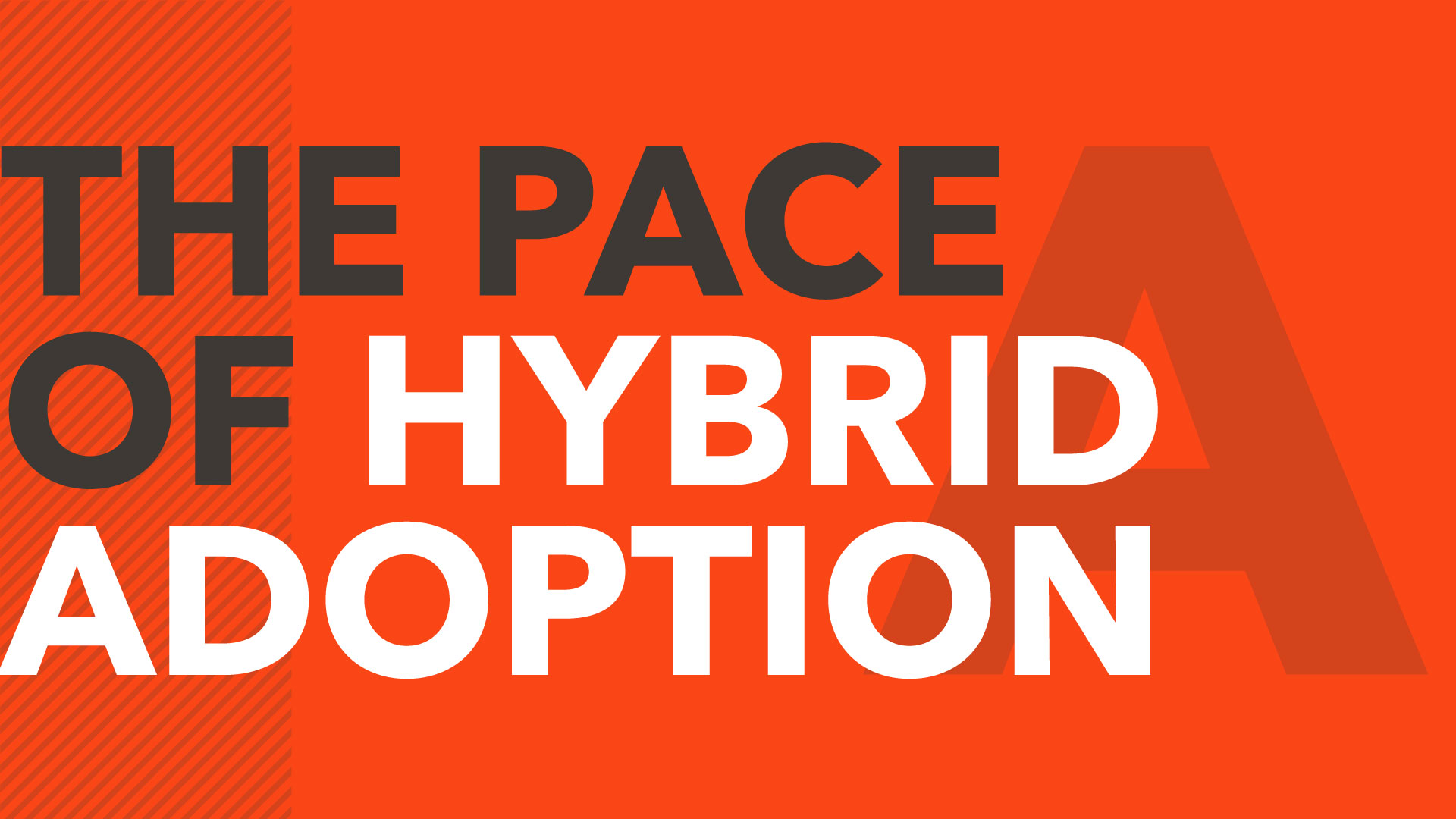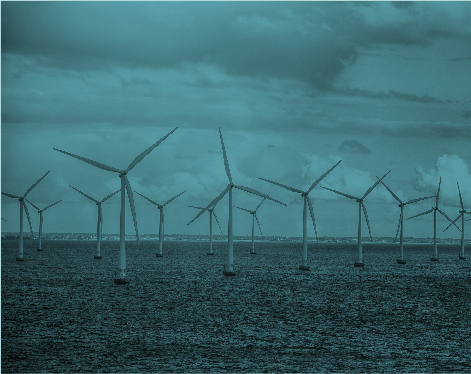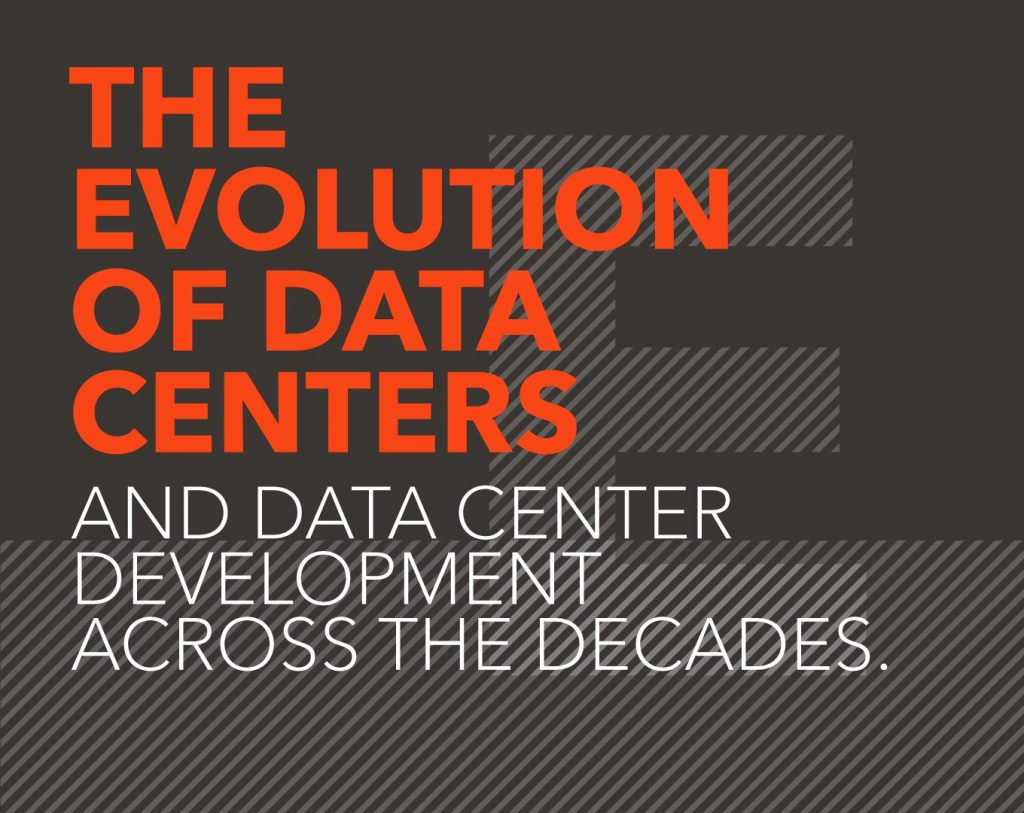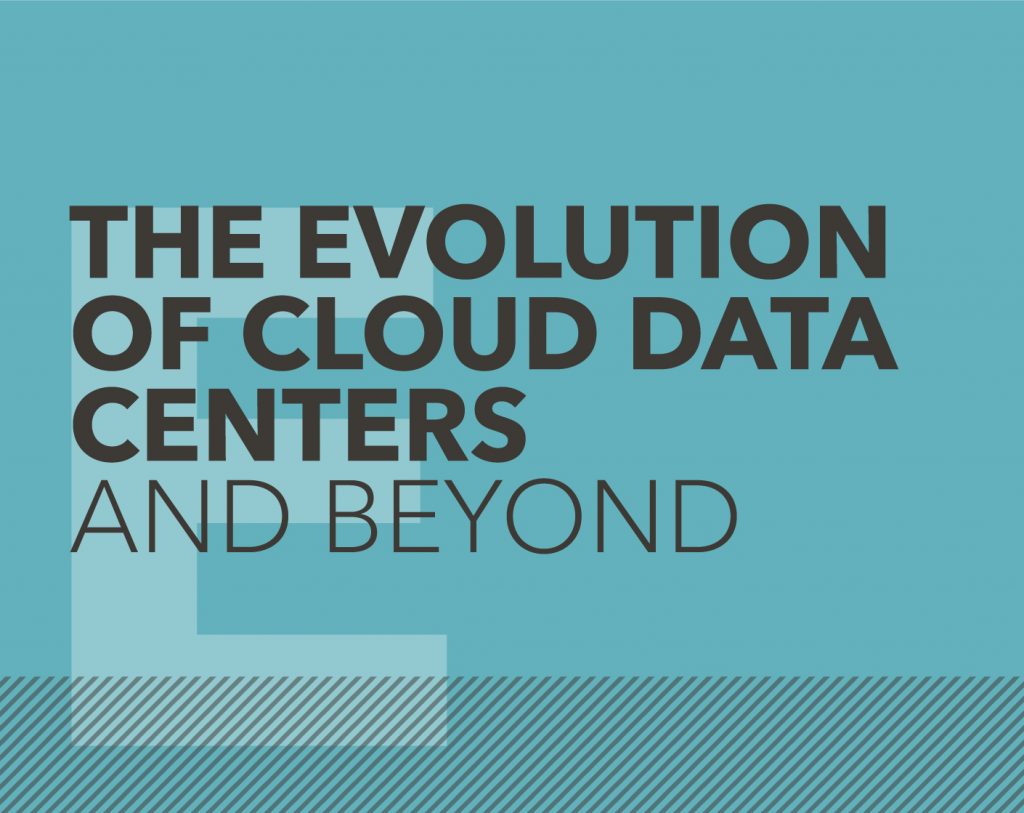In Q4 2019, McKinsey published an article entitled “Transforming infrastructure operations for a hybrid-cloud world”. Its opening line contained quite the bold prediction: “By 2021, about 35 percent of all enterprise workloads will be on the public cloud”.
The paper sets out the very clear and compelling case for hybrid cloud adoption and recommends how companies and teams need to evolve to get their decision making right, choosing which workloads to put where, when the fork in the road arrives. It’s a clear call to action for the new wave of corporate IT department, making data based decisions on long and short term bases, directly linking resources to top line growth, and using leading/bleeding edge technologies to squeeze every last drop out of finite resources in the name of better TCO.
In October 2019, it was a compelling read, and the 35%/65% a brave mix to predict. But what about now, in the midst of COVID when on premise and cloud environments are probably having the most robust global reliability test ever performed?
Without a decent data set, and only with hindsight, will we be able to see the impact that COVID has had on cloud adoption. I’ve been party to vague discussions around hybrid environments over the last few years, with nothing much every really materialising that would fit within the definition. Today, Yondr is part of helping more and more end users meaningfully plan for their long term futures with mixed mode deployments.
It feels exciting to be at the front of something new, waving goodbye to the mutually exclusive tone of cloud vs on prem discussions and helping to solve for meaningful (and complementary) coexistence.
Of course these deployments, particularly at scale, throw up lots of challenges: technical (how close does my hardware need to be to the cloud cluster?), commercial (how can I build a model denominated in resource units common to both), practical (where will my team’s office be?), contractual (how to contract for elasticity on both sides of the equation?) and last, and certainly not least, emotional (am I part of solving for my own obsolescence?).
What does the future hold? Who knows, but I’ll see you all back here in 2021 and we can compare notes about where we are relative to the 35/65 and debate the reasons why we got there….




